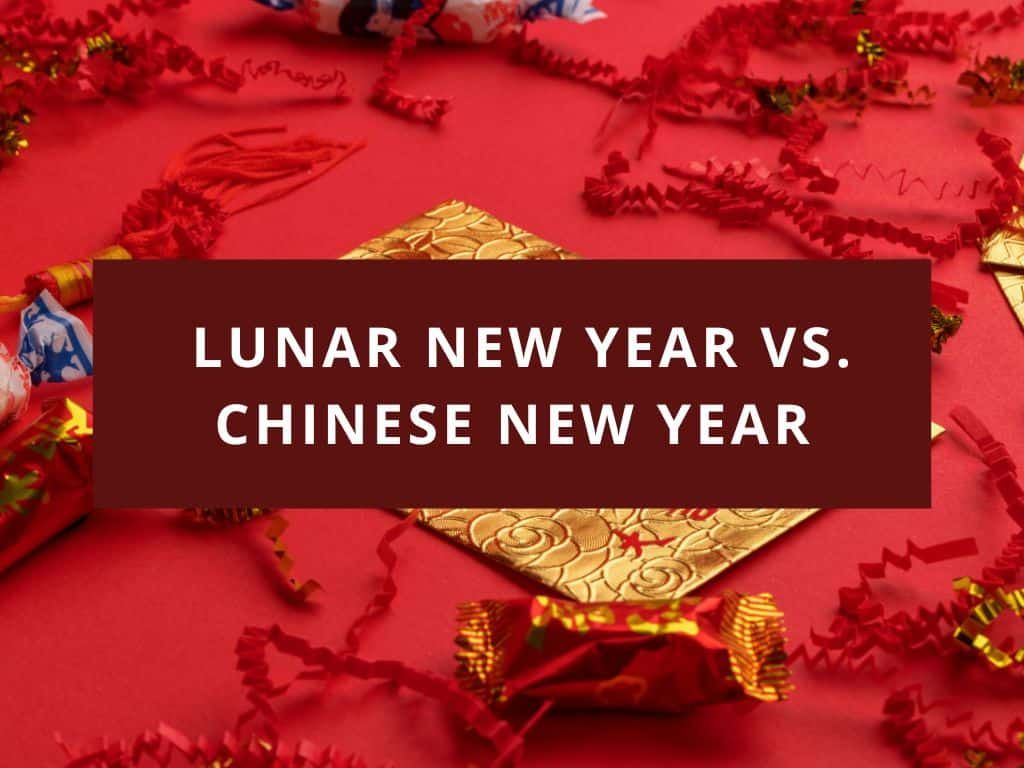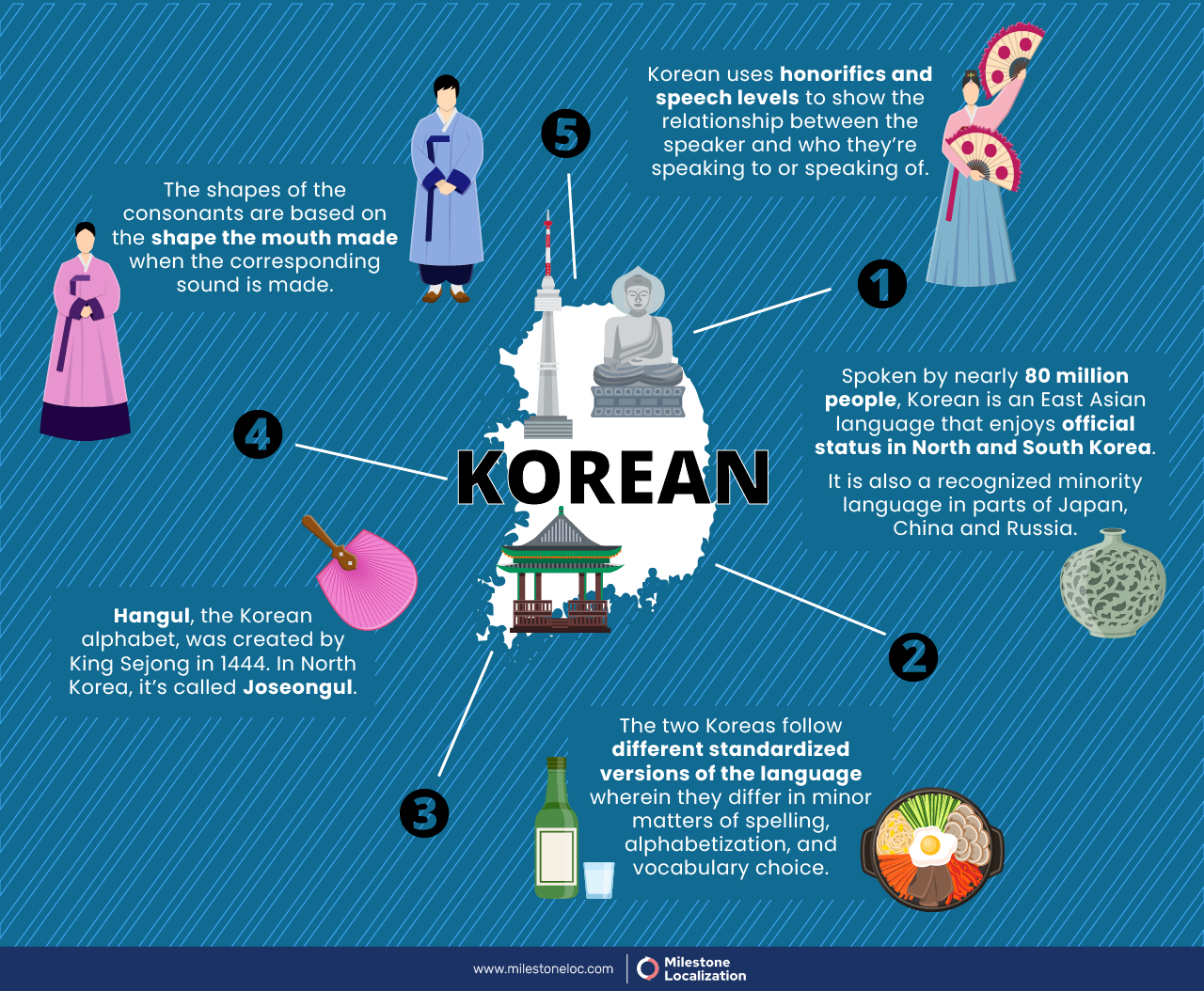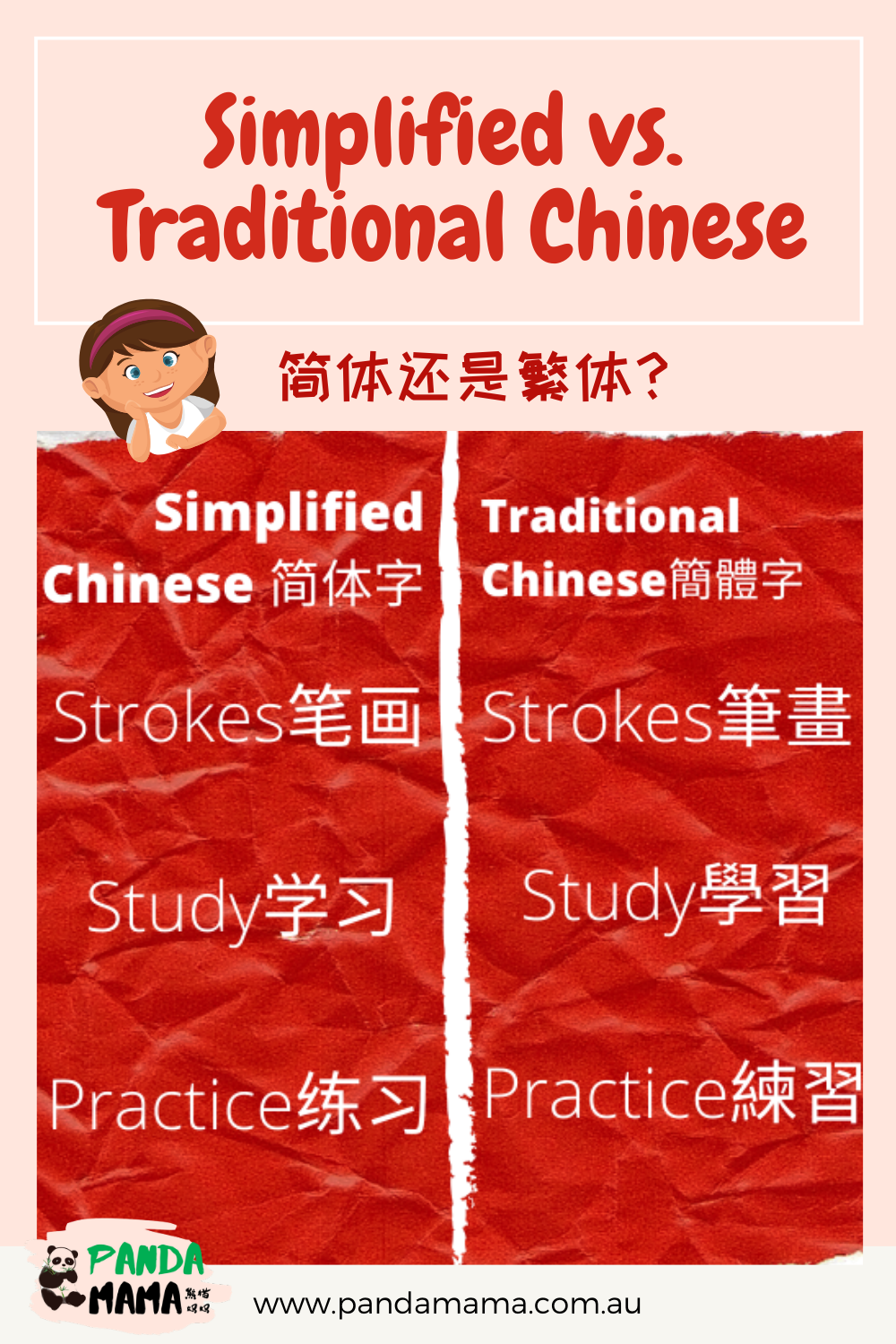KOREAN VS CHINESE CULTURE
Introduction
Korean and Chinese cultures are two of the oldest and most significant cultures in Asia. Both countries have a rich history and traditions that have influenced various aspects of their modern-day societies. Despite the similarities in some aspects of their cultures, there are notable differences between Korean and Chinese cultures. In this article, we will explore some of the differences between Korean and Chinese cultures, including their language, food, art, and other aspects of their respective cultures.
Language
One of the most significant differences between Korean and Chinese cultures is their languages. The Korean language, also known as Hangul, is a phonetic language that was developed in the 15th century by King Sejong. Hangul has a unique alphabet, which consists of 24 consonants and vowels that are combined to form syllables. On the other hand, the Chinese language has a complex writing system, consisting of characters that represent words or concepts. Learning the Chinese language can be challenging due to its vast number of characters, and it requires years of practice and study.
Korean and Chinese cultures share many similarities, but there are also some notable differences, including their languages.
Korean and Chinese languages have different writing systems. Korean uses Hangul, a phonetic alphabet consisting of 24 consonants and vowels, which was invented in the 15th century. On the other hand, Chinese uses characters, which are ideograms that represent words or concepts, and the characters are written in a vertical or horizontal direction.
In terms of grammar, Korean and Chinese also differ. Korean has a subject-object-verb sentence structure, while Chinese has a subject-verb-object structure. Korean also has an honorific language, which is used to show respect to people who are older or have higher social status. In Chinese, there are no formal honorific language markers, but there are ways to show respect, such as using titles or polite expressions.
In terms of culture, Korean and Chinese cultures have many similarities, including a strong emphasis on family values, respect for elders, and a love of food. However, there are also some differences in their cultural practices, such as the way they celebrate holidays or the traditional clothing they wear.
Overall, while there are some differences between Korean and Chinese languages and cultures, they both have rich histories and traditions that continue to influence the world today.

Food
Korean and Chinese cuisines are both popular around the world, but they have significant differences in their cooking styles and flavors. Korean cuisine is known for its bold flavors and spicy dishes, such as kimchi, bulgogi, and bibimbap. Korean food also features a lot of seafood, which is a staple of the country's coastal regions. In contrast, Chinese cuisine is known for its diverse flavors and styles of cooking, which vary by region. Some popular Chinese dishes include Peking duck, hot pot, and dumplings. Chinese food also features a lot of rice and noodles, which are the staples of the country's diet.
Korean and Chinese cuisines are both popular and have unique flavor profiles. Here are some dishes that are popular in each cuisine:
Korean cuisine:
-
Kimchi: fermented vegetables, typically made with Napa cabbage and Korean radish, seasoned with chili pepper flakes, garlic, ginger, and other seasonings
-
Bibimbap: a rice bowl with vegetables, meat, and a fried egg on top, served with gochujang (a spicy red chili paste) and sesame oil
-
Bulgogi: grilled marinated beef, typically served with rice and lettuce wraps
-
Japchae: stir-fried glass noodles with vegetables and meat, seasoned with soy sauce and sesame oil
-
Korean Fried Chicken: crispy fried chicken with a sweet and spicy glaze
Chinese cuisine:
-
Kung Pao Chicken: stir-fried chicken with peanuts, vegetables, and chili peppers
-
Hot Pot: a communal meal where diners cook raw ingredients like meat, seafood, and vegetables in a simmering broth at the table
-
Dumplings: small parcels of dough filled with meat or vegetables and steamed, boiled, or fried
-
Mapo Tofu: tofu in a spicy chili and bean paste sauce with minced meat and vegetables
-
Peking Duck: a crispy roasted duck with thin pancakes, scallions, and hoisin sauce
These are just a few examples of the many delicious dishes that you can find in Korean and Chinese cuisine.
Art
Korean and Chinese cultures have produced some of the world's most beautiful and influential art forms. Korean art is known for its simplicity, elegance, and use of natural materials. Traditional Korean art includes calligraphy, pottery, and painting, which often feature motifs of nature, animals, and people. Chinese art, on the other hand, is known for its intricate designs and attention to detail. Traditional Chinese art includes calligraphy, painting, sculpture, and ceramics, which often feature dragons, landscapes, and historical figures.

Religion
Religion plays a significant role in the cultures of both Korea and China. Korea is predominantly a Buddhist country, and Buddhism has had a significant influence on the country's history and culture. Many Buddhist temples and monasteries can be found throughout the country, and Buddhism is deeply ingrained in many aspects of Korean life. China, on the other hand, is predominantly an atheist country, with a significant number of people following Taoism, Confucianism, or Buddhism. These religions have had a significant influence on Chinese culture, philosophy, and way of life.
Fashion
Korean and Chinese cultures have distinct styles of fashion that reflect their respective histories and traditions. Korean fashion is known for its unique blend of traditional and modern styles, with a focus on simplicity, comfort, and elegance. Traditional Korean clothing, such as the hanbok, is still worn on special occasions, while modern fashion trends feature minimalist designs and bright colors. In contrast, Chinese fashion is known for its elaborate designs and intricate details. Traditional Chinese clothing, such as the qipao, features bright colors, intricate patterns, and embroidery.
Etiquette
Korean and Chinese cultures have different etiquette rules that govern social interactions. In Korean culture, respect for elders and hierarchical relationships are essential. When greeting someone, Koreans often bow and use formal language, and they typically use titles and honorifics when addressing others. In contrast, Chinese culture places a high value on politeness, humility, and respect for authority. Chinese people often use formal titles when addressing others, and they may use a handshake or a bow when greeting.



You must be logged in to post a comment.